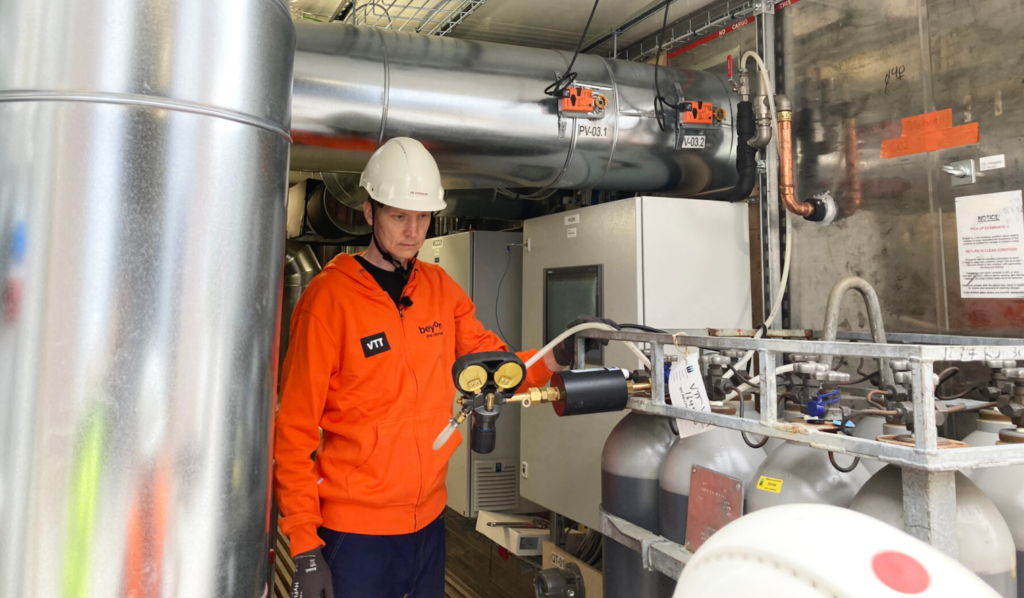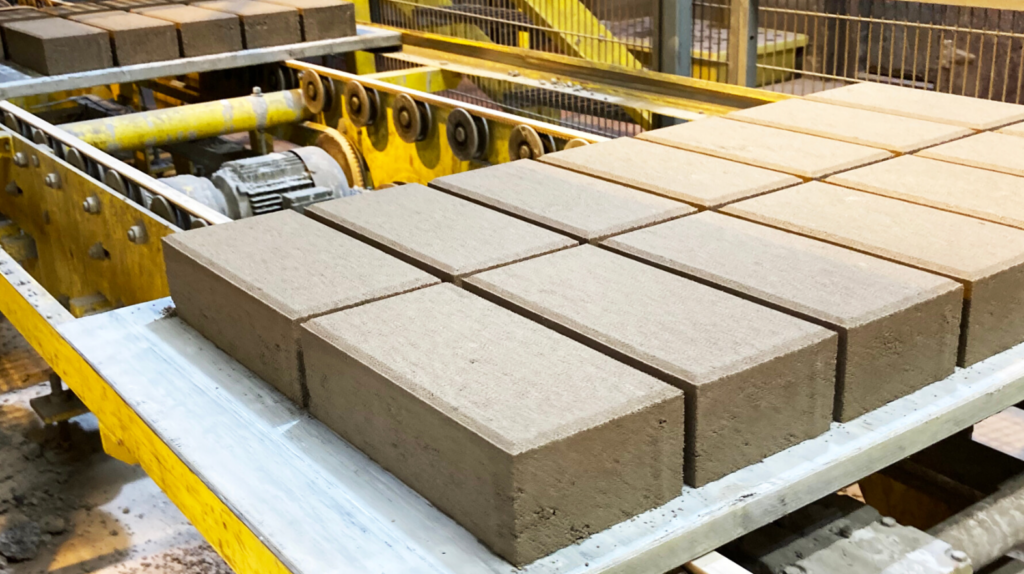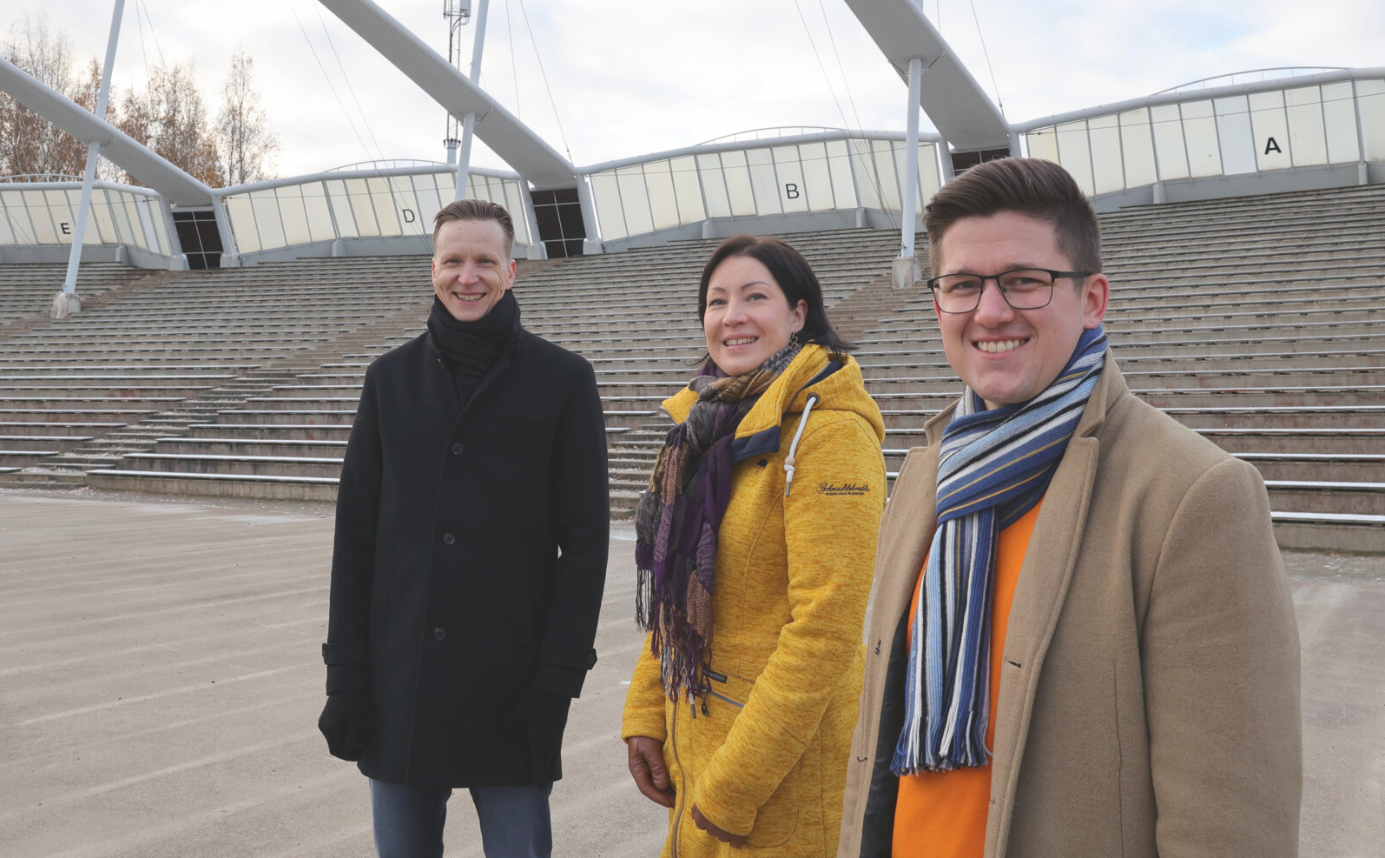Concrete, a ubiquitous material in modern construction, poses a significant challenge to environmental sustainability due to its massive carbon footprint. Accounting for as much as 8 percent of global CO2 emissions, primarily from cement production, concrete’s impact on climate change cannot be understated. However, amidst growing concerns about climate change, innovative solutions are emerging to transform concrete from a problem into a solution for carbon storage.

Innovating Towards Carbon-Negative Concrete
In Finland, a concerted effort is underway to pioneer carbon-negative “green concrete.” Spearheaded by a collaboration between Finnish firms and research institutions such as the University of Oulu, Lappeenranta-Lahti University of Technology, and Aalto University, significant strides are being made in developing technologies to reduce the carbon footprint of concrete production.
One promising approach comes from Carbonaide, a company leveraging the concrete curing process to sequester carbon dioxide permanently. By mineralizing CO2 into concrete during curing, Carbonaide achieves the dual benefit of reducing emissions and minimizing cement usage. This innovative method not only offers a cost-effective solution but also aligns with the intention to create a more sustainable future for the construction industry.

Market Adoption and Commercialization Efforts
The shift towards green concrete is not merely confined to research laboratories; it is gaining momentum in the commercial sector as well. With the Global Cement and Concrete Association committing to net zero emissions by 2050, the industry is under increasing pressure to embrace sustainable practices. In Helsinki, the adoption of low-carbon concrete in infrastructure projects sets a precedent for other cities worldwide.
This move, coupled with stringent standards defined by industry associations, incentivizes concrete manufacturers to innovate and offer eco-friendly alternatives. Leading Finnish companies like Parma and Rudus are already offering green concrete solutions, boasting significant reductions in CO2 emissions compared to traditional concrete. Moreover, smaller firms are exploring innovative approaches, such as utilizing waste materials to produce geopolymers with lower carbon footprints.

To know more visit- carbonaide
To read more startup stories visit- finlandbusinesspress

